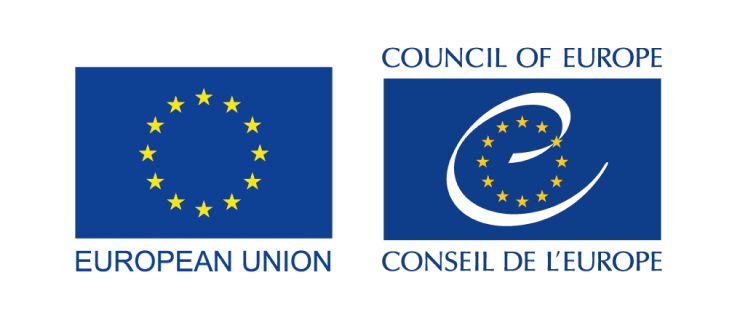International Organisation Resource
TEACHING 20TH CENTURY WOMEN’S HISTORY: A CLASSROOM APPROACH A teaching pack designed for use in secondary schools
Ruth Tudor, Elena Osokina & Philip Ingram • Council of Europe • 2000
Levels and forms of education
Lower Secondary Education
Upper Secondary Education
Resource type
Conceptual or themathic publications
Worksheets and informative texts
Interactive formats (e.g. group work materials, board games, etc.)
Historic approaches concerned
Cultural History
Economic History
Gender History
Local History
Microhistory
Political History
Social History
Historic period
First World War
1918-1939 (“Interwar Period”)
Second World War
1945-2000
1945-1960
1960-1970
1970-1980
1980-1990
1990-2000
1900-1945
20th Century
1900-1914
Countries or areas concerned
Europe, Central Europe, Eastern Europe, Southeastern Europe, Northern Europe, Southern Europe, Western Europe
Languages
English
Description
about the history of Europe in the 20th century”, Teaching 20th century women’s history is a teaching resource designed to integrate women’s history into current classroom practice throughout Europe. The issue of “women” occupies very different places in European society. In parts of Europe, women’s studies are in their nascent stage. In others, the topic is mainstream in the media and the young are confronted with the mass of information that this entails. In some countries, radical forces of both the extreme right and left have claimed to serve the cause of “women’s rights”. Within European schools’ curricula, the status and quality of women’s history is variable. While some countries have made women’s history a legal requirement within the school curriculum, others are beginning to introduce it. In all European countries there is a shortage of resources to support the teaching of women’s history at school level. In view of its vital link to democratic society, one of the aims of this book is to make the study of women a topical issue in the classroom. Given the elusive and sometimes sensitive nature of the subject, the school is surely one of most credible places to examine it. It is also our intention that this teaching pack will contribute to young people’s understanding of gender equality, including the social and individual forces that have and still do push against it. Without equality of opportunity between all of Europe’s citizens, regardless of their sex, precious resources are lost and European democracy can only be partial. The main author and designer of this material, Ruth Tudor, has used a holistic approach by focusing on the tangled and sometimes hidden links between work, family, culture, war and politics which have shaped women’s experiences. She also encourages teachers to use a critical and a hands-on approach within their teaching. Students should be enabled to engage critically with a variety of sources on the past, including under exploited ones such as oral history, photography and media.
Keywords
Classroom Materials
Council of Europe
gender history
women's history
equality
family history
history of work
history of war
women in politics
emancipation
women's rights
classroom materials
teaching materials
